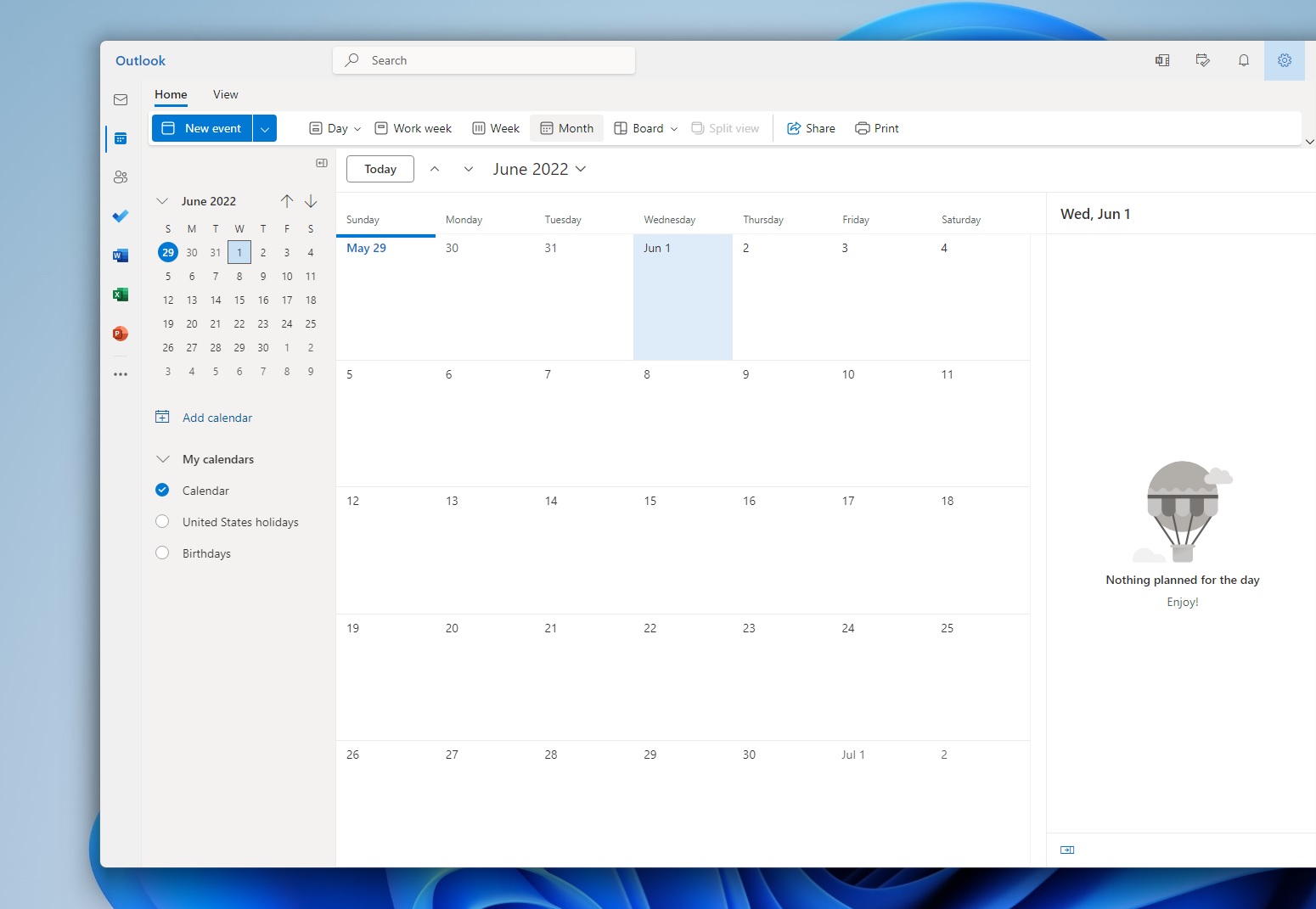Doing it right, I see! Microsoft has been busy developing a new Outlook app under the codename Project Monarch for quite some time. The app is set to launch for both Windows 11 and Windows 10.
It also goes by the name One Outlook, which denotes that this upcoming application will become the only official client for the email service. There will be no more scattered approaches with desktop programs and separate clients for the modern versions of the operating system.
This new app is built as a PWA — also known as Progressive Web App.
Unlike the full-fledged desktop client that most of you may be familiar with, this new application is built on top of Outlook.com. And Redmond has taken care to optimize performance to make sure that this new app runs well on lower-end devices.
The software titan started rolling out its new creation on May 17, but its availability has been limited to those with Microsoft 365 and Office 365 business and education accounts. Another way of saying that only paid customers with commercial and education mailboxes could try this new Outlook experience.
Turning on the toggle gave them access to this:
Well, starting today, they also now have access to some welcome new additions.
Earlier in the day, Microsoft started rolling out support for personal accounts, including free ones. A few users were already in on this for a couple of weeks, but now the company is ready to expand testing to more people.
This means that you can now use Gmail, Yahoo! Mail, and other personal accounts in the new Outlook app. With support for these account types available alongside IMAP accounts, the focus now shifts towards features like multiple account integration and offline support.
All these features, along with advanced options like Outlook data (.PST) files and folder reordering, are currently in development.
As the screenshot above shows, the new Outlook app looks and feels a lot like the Outlook.com website. At the same time, the application is better than the UWP app that is bundled with the OS, and even comes with a handful of new features like message reminders, a new view for calendar and to-do pages.
Support for the Microsoft Editor is also included. Users can quickly attach files or documents using the mentioned features, albeit only with files stored in the OneDrive cloud.
A company source indicates that a wider rollout will begin in a few weeks, and more features are set to arrive later in the year.




